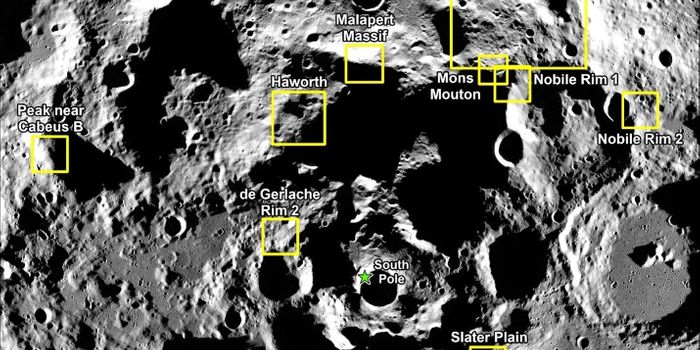Development in wearable brain scanner allows for enhanced measurements
Scientists from the University of Nottingham have published their most recent developments on a wearable 49 channel brain scanner in the journal Neuroimage. The device, which is so lightweight that it can be worn as a hat, tracks electrophysiological processes that are implicated in a number of mental health problems, even as a patient moves.
Professor Matt Brookes, who spearheaded the development of this wearable scanner, commented: "Understanding mental illness remains one of the greatest challenges facing 21st century science. From childhood illnesses such as Autism, to neurodegenerative diseases such as Alzheimer's, human brain health affects millions of people throughout the lifespan. In many cases, even highly detailed brain images showing what the brain looks like fail to tell us about underlying pathology, and consequently there is an urgent need for new technologies to measure what the brain actually does in health and disease."
The Nottingham team collaborated with Added Scientific to develop a 3D printed helmet that is capable of scanning the entire brain with its 49 channel system. According to Eureka Alert, it is able to monitor the brain areas controlling hand movement and vision with millimeter accuracy by measuring magnetic fields. These measurements then produce a picture showing which parts of the brain are engaged when we do certain tasks.
Lead author Ryan Hill said: "Although there is exciting potential, OPM-MEG is a nascent technology with significant development still required. Whilst multi-channel systems are available, most demonstrations still employ small numbers of sensors sited over specific brain regions and the introduction of a whole-head array is an important step forward in moving this technology towards effective commercial application."
The video above shows how magnetoencephalography, or MEG, works. Previous prototypes of the scanner had only 3 sensors and could only scan limited sections of the brain and required patients to remain very still. The development also allows for the technology to be used in children and epileptic patients during seizures.
Sources: Neuroimage, Eureka Alert









